Embalming process
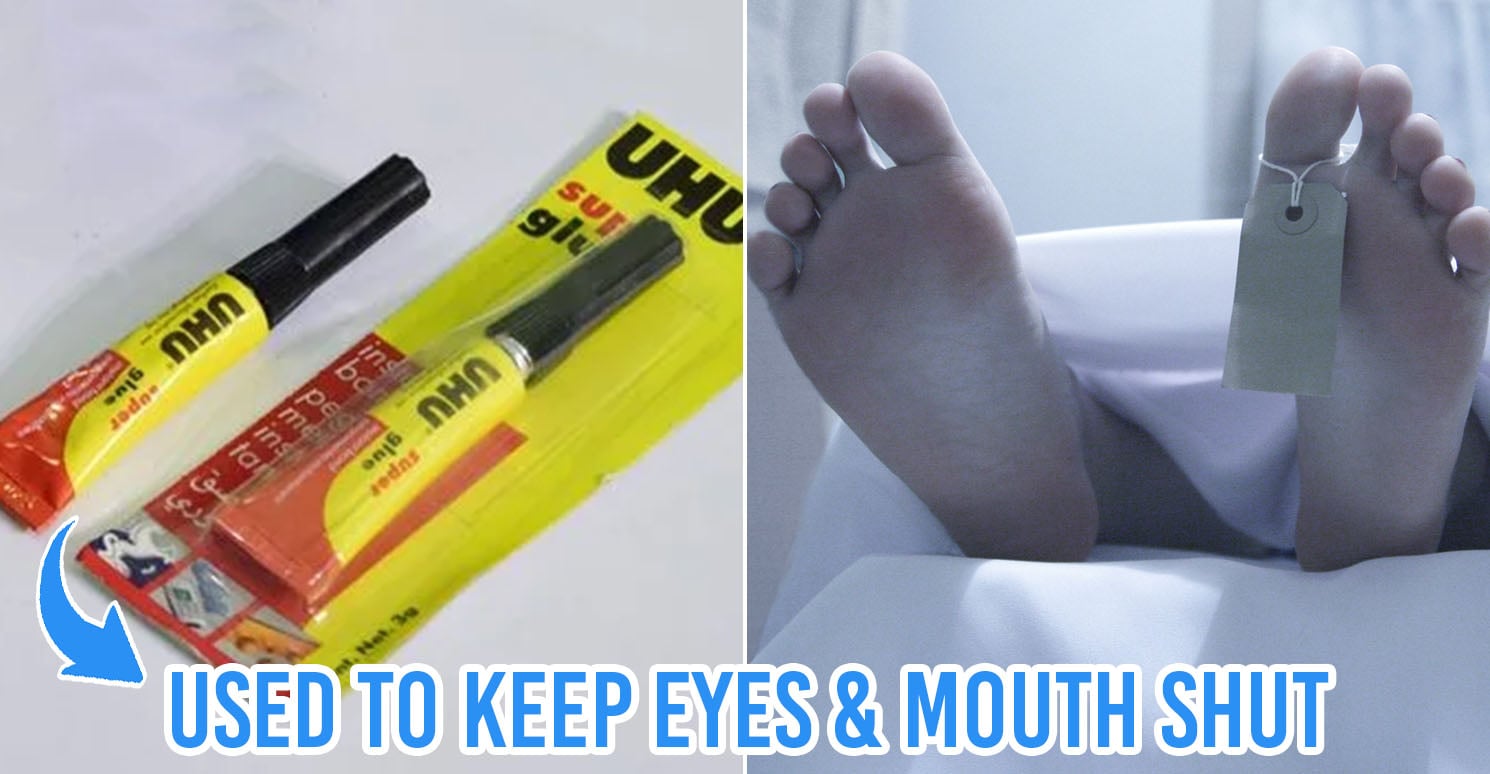
Image adapted from: Instructables Workshop, Ansy Wong
Death isn’t a subject we venture into for daily conversations, but it is an inevitable part of life that we’ll all have to face someday. All of us have, or eventually will, experience the death of a loved one, and funerals are a natural rite of passage.
Casket viewing during wakes are common for bereaved family members to bid one last farewell – but behind the perfect-looking body lying peacefully in the casket, a lot of meticulous procedures go on behind the scenes during embalmment.
And while embalming is a common process, it’s surprising how little we know about it. Here are some things that take place during an embalmment so our loved ones can look good during their final journey.
1. The body is massaged

Image credit: Multiple Sclerosis Trust
After death, the human body undergoes many changes, one of them being rigor mortis. This is a chemical process where the muscles and limbs stiffen, causing the body to turn rigid. In order to relieve the rigidity and to help the flow of embalming solution into the body, the embalmer gives the body a massage.
2. Superglue and wires are used to keep the eyelids and mouth shut
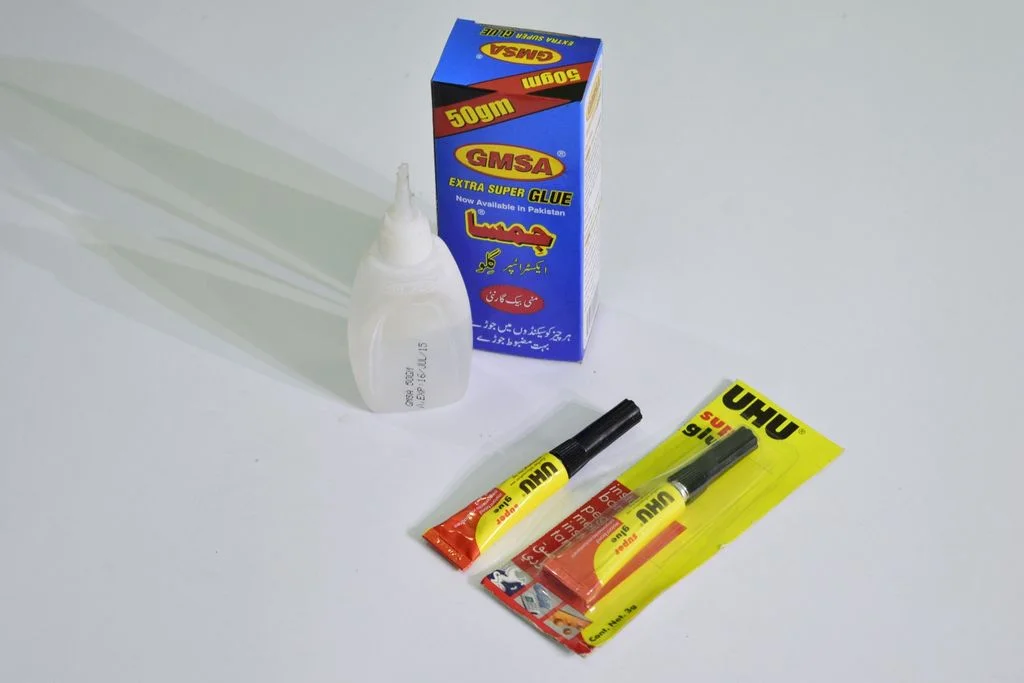
Image credit: Instructables Workshop
We’ve seen those unglam images of people sleeping with their mouths open in slack – that’s just a natural reaction when our muscles are relaxed. This is where superglue comes in handy – to fix the expression of the deceased so that they can look like they are naturally sleeping.
But when superglue is not enough, jaws might be wired in place and mouths may be stitched shut. To help create a more natural expression, cotton can also be placed in the mouth.
3. Pacemakers are removed as they can explode during cremation
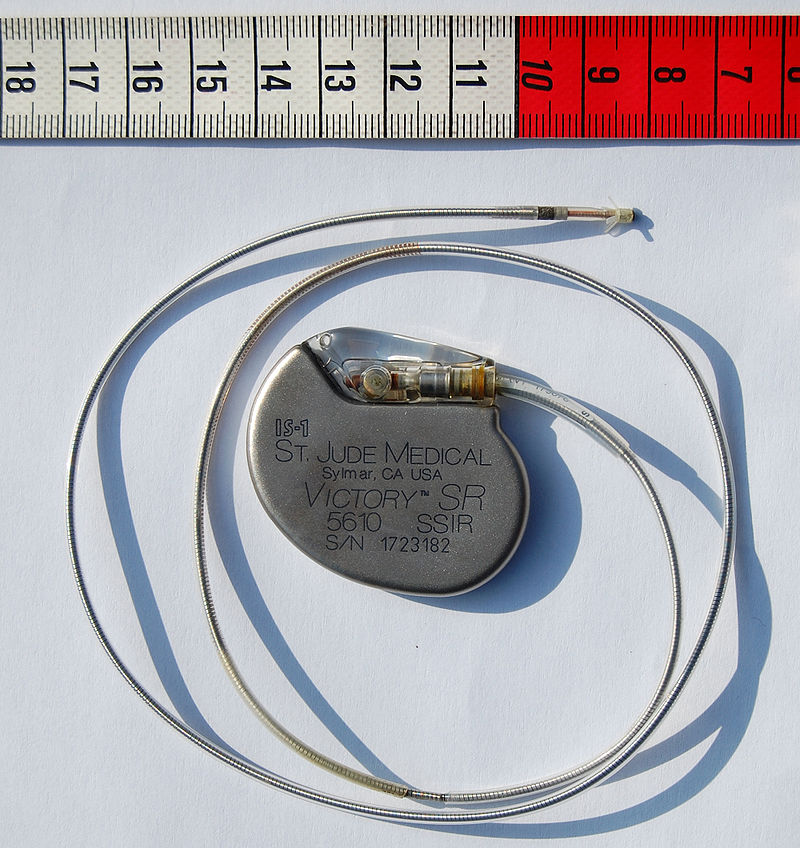
Image credit: Steven Fruitsmaak
Pacemakers must be removed from the body before cremation as they can explode and cause serious damage to the equipment and the staff working there.
Fun fact: Pacemakers can be recycled to help another patient after they are removed from the decedent.
4. Any orifices that might leak are plugged with cotton or plastic
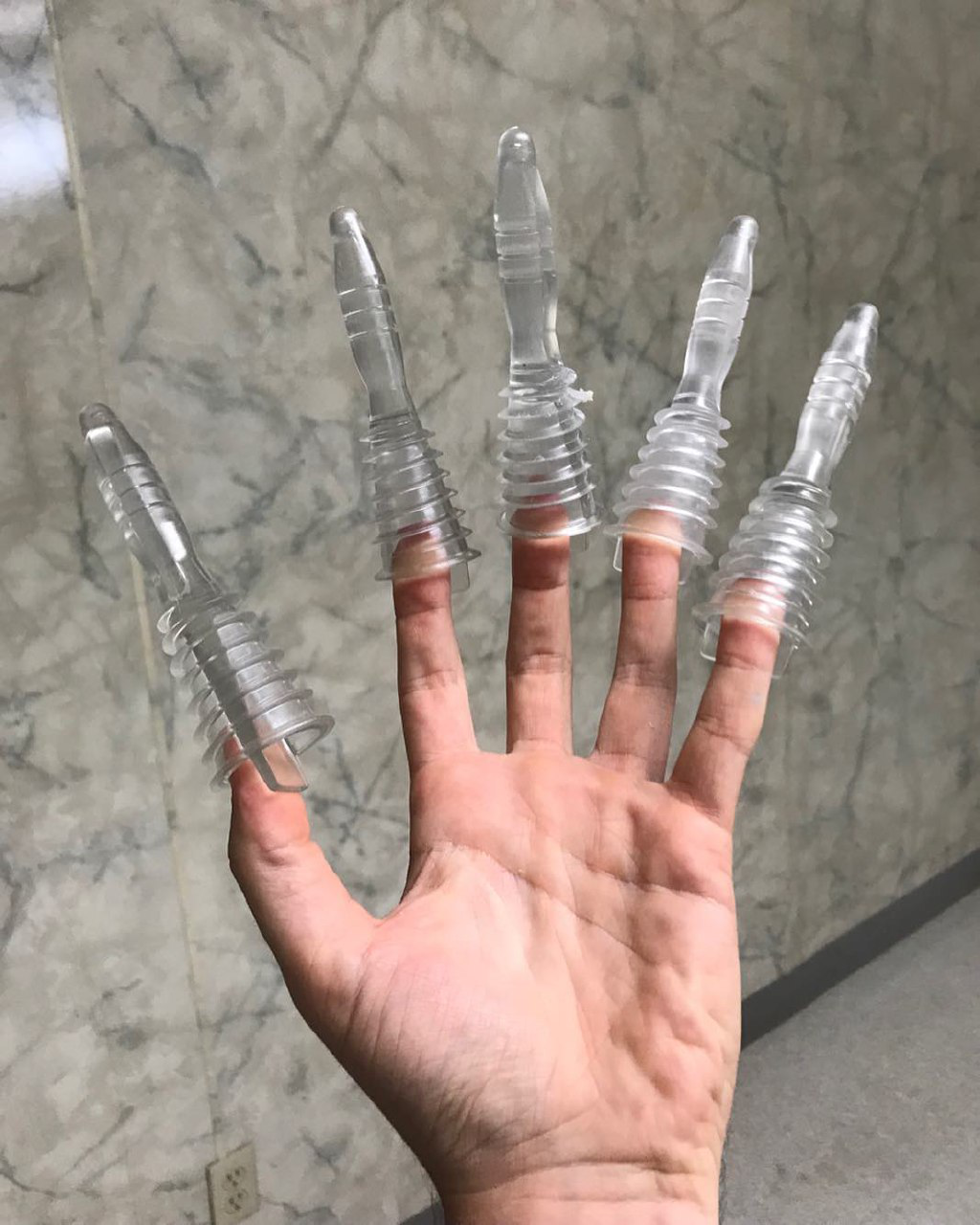
Image credit: @funeral_farm
As the body’s muscles all relax, so does the sphincter, a muscle that keeps all the…stuff…inside our bladder and rectum. To preserve dignity, maintain hygiene, and prevent unpleasant smells from wafting during the wake, cotton or anal/vaginal (A/V) plugs are stuffed in to prevent any leakage from the body.
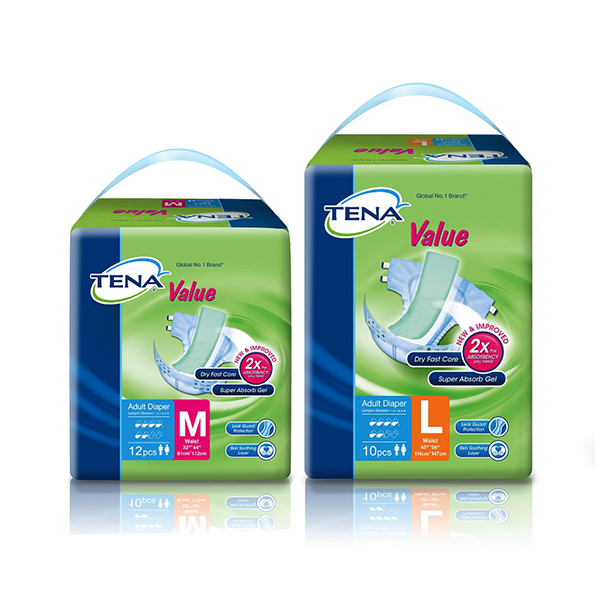
Image credit: BW Generation
Alternatively, adult diapers may also be used.
5. Eye caps are placed under the eyelids to keep them closed
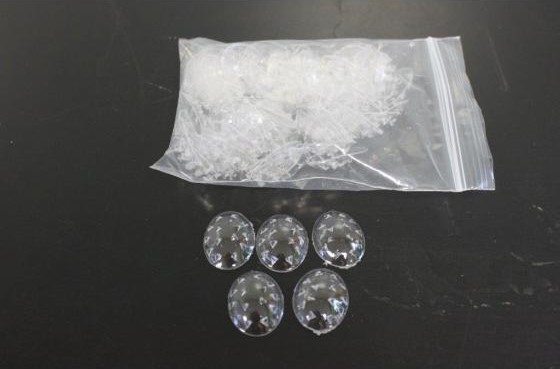
Image credit: Isofroid
Nope, your eyes don’t close naturally in death. In fact, for many people, they remain partially open due to muscle relaxation. That’s why the mortician will place plastic eye caps under the eyelids to keep them closed and to set them in a natural shape and position.
6. The blood is drained out and disposed of into the sewage
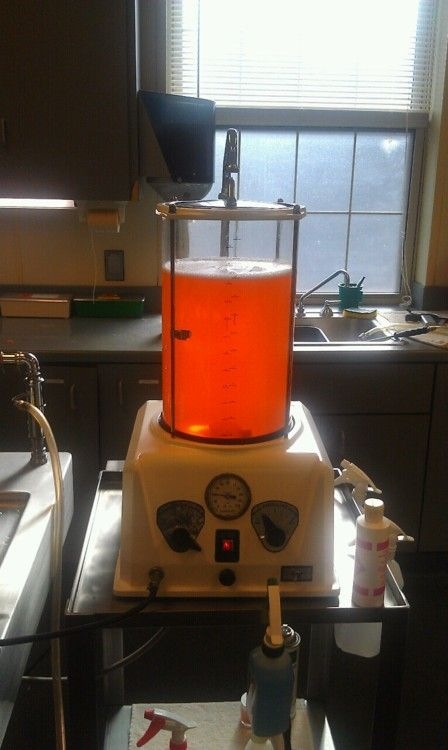
Image credit: @thefuneralsource
During embalmment, chemicals consisting of a mixture of formaldehyde and other solutions are injected into the body through the arteries through an arterial tube. Blood is drained from the veins through a jugular tube as the chemicals take over the body. This is done with the help of an embalming machine that is connected to the tubes.
The drained blood then ends up in the sewage just like all the other waste water – this may sound nasty, but it is common practice throughout the industry.
7. Baby powder is used to eliminate odours
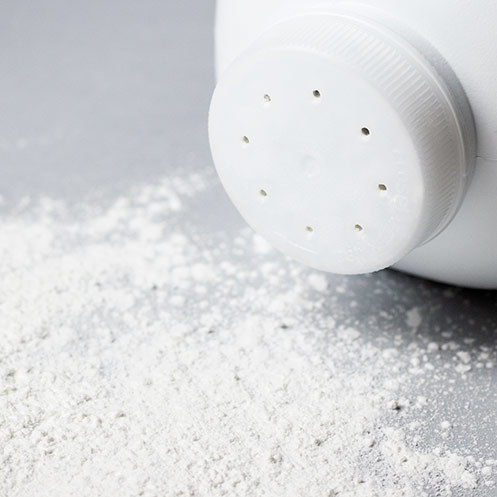
Image credit: candlescience.com
Decay is an irreversible process. Once the body starts decomposing, it can emit unpleasant smells. And the smell of a rotting corpse isn’t something that we want to encounter during a funeral – plus it can be traumatising for the family members. To mask the smell of decay, baby powder is used.
8. The body is moisturised to keep the skin looking soft
In Singapore’s humid weather, most of us don’t have the habit of moisturising our skin. But for the deceased, their skin will become dry and tough, especially since disinfectant is used to clean the body during the embalmment. After the body is washed and dried, moisturiser is applied by the embalmer to the body, but especially on the face so as to give the deceased a more lifelike appearance.
9. Facial hair is sometimes shaved if necessary
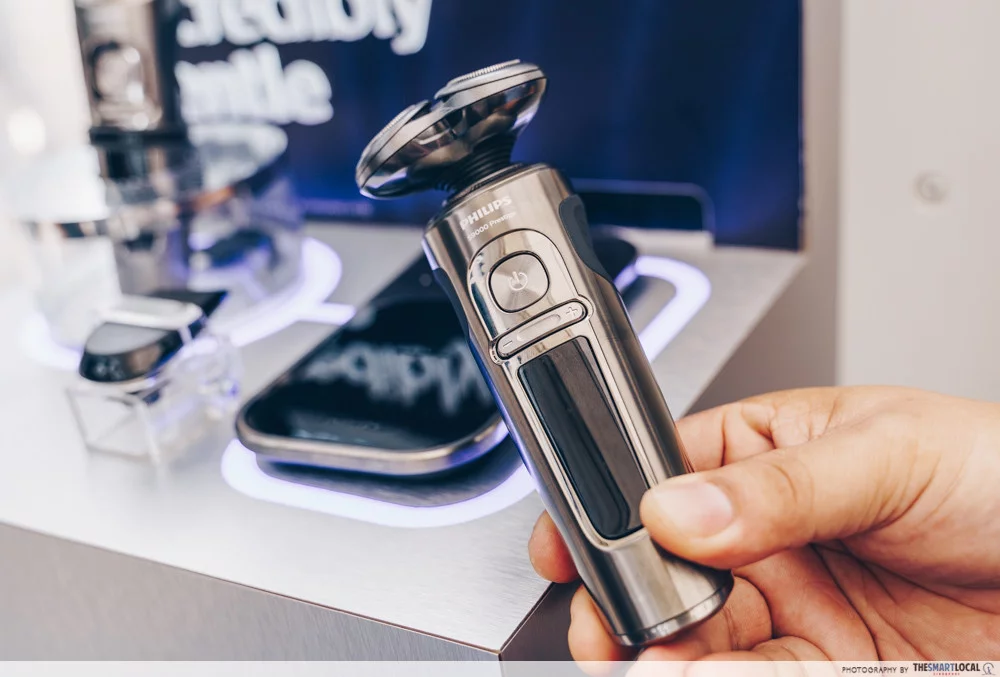
Most of the time, embalmers refer to pictures of the deceased from when they were alive, so as to be able to reconstruct the expression as close to it as possible. If they have always been clean-shaven, but happen to be sporting some stubble at time of death, the embalmers will shave it off.
Of course, any decision such as this is irreversible, so consent will always be sought from the family members before they proceed with hair removal.
10. Make-up is applied to help the decedent look their best
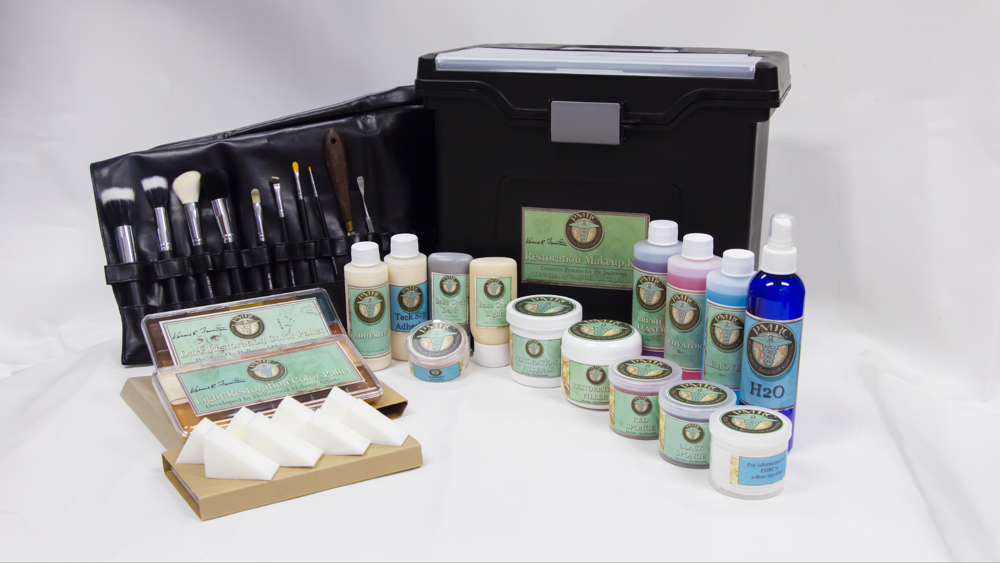
A basic set of post-mortem restorative cosmetics
Image credit: Kelco
To help them look best for the final journey, make-up is applied to the deceased. Cosmetology and facial reconstruction is often part of the course in mortuary schools, so embalmers regularly take on the task of putting makeup on the decedents as well.
Although normal make-up can be used, there is a plethora of mortuary cosmetics. These are special products that can help to restore the natural appearance of the deceased. Sometimes wax, clay or silicon is also used to reconstruct the face if the deceased has been through a traumatic death.
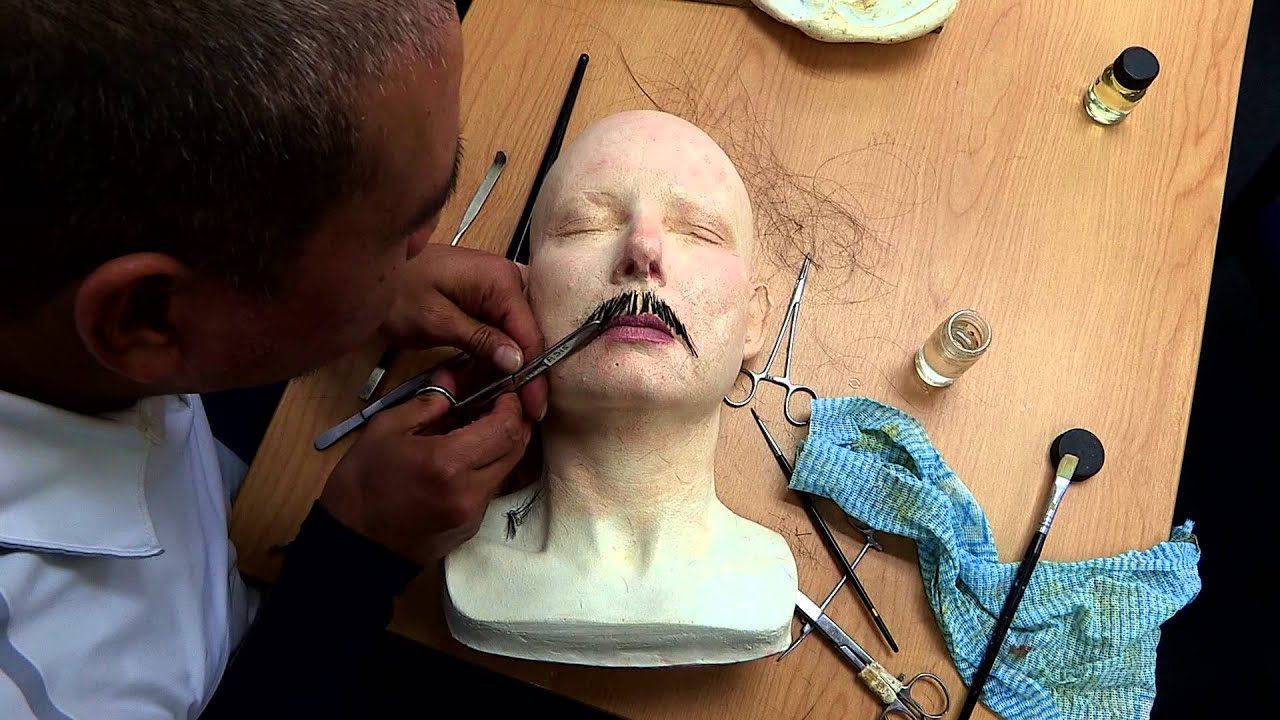 Image credit: careers.gov.nz
Image credit: careers.gov.nz
Whether it is to patch up a broken part of the skull or to fix discolouration in the skin due to jaundice, professional embalmers will try to make sure your loved one looks as complete and beautiful as possible for the wake.
Embalming in Singapore
What happens during a funeral procession is pretty straightforward. But we tend to be unaware of the effort that goes into the preparation of the body for viewing. Note that embalmment isn’t a compulsory procedure – in fact, as it’s a largely invasive procedure, some might even argue that it is better to do without it.
But in cases when death happens without warning, embalmment can help provide closure for the bereaved family, by letting them see the deceased for one last time and bid a final goodbye.
P.S.: Read about religious funeral customs in Singapore and the significance behind them here.